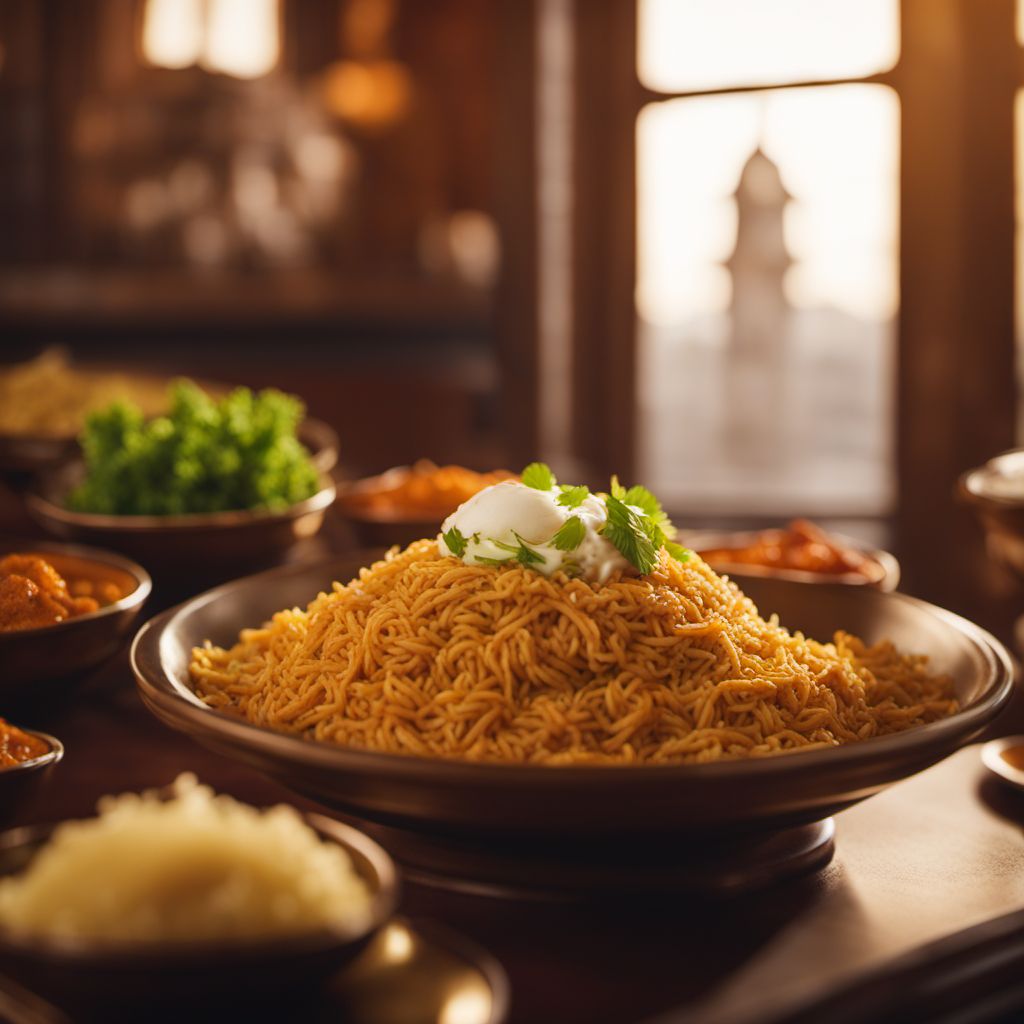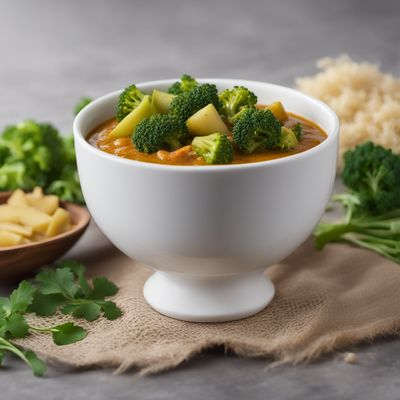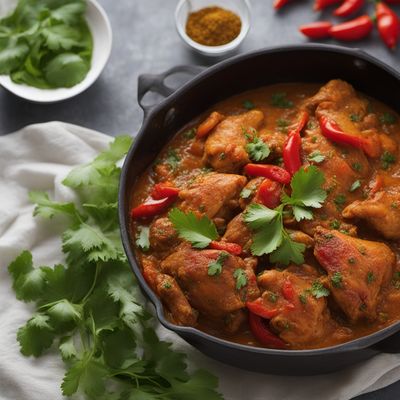
Cuisine
Parsi cuisine
Unique blend of Indian and Persian flavors, use of meat and dairy products, Non-vegetarian cuisine is known for its meat-based dishes, Vegetarian cuisine is known for its use of lentils and vegetables, use of eggs and dairy products in many dishes.
Typical ingredients
Meat, Lentils, Vegetables, Eggs, Dairy products
Parsi cuisine is known for its unique blend of Indian and Persian flavors and its use of meat and dairy products. The cuisine is also known for its street food culture and thali system. Parsi cuisine has a rich history and is an important part of the region's culture and identity.
More cuisines from this region...
Maharashtrian cuisine, Gujarati cuisine, Rajasthani cuisine, Sindhi cuisine, Malvani cuisine, Goan cuisine
History
Parsi cuisine has a rich history that dates back to ancient times. The cuisine has been influenced by various cultures and dynasties that have ruled the region over the centuries. The cuisine has also been influenced by the region's geography and climate. Parsi cuisine has evolved over time and has become an integral part of the region's identity.
Cultural significance
Parsi cuisine is an important part of the region's culture and identity. The cuisine is often served during festivals and special occasions. Parsi cuisine is also known for its street food culture, which includes dishes such as akuri on toast. The cuisine is also known for its thali system, which is a platter of various dishes served together.
Health benefits and considerations
Parsi cuisine is generally considered to be healthy as it uses a lot of vegetables and lentils. However, some dishes can be high in calories and fat. It is important to consume Parsi cuisine in moderation and balance it with other healthy foods.
Parsi cuisine recipes

Parsi-style Peanut and Red Chili Salsa
Fiery Parsi Delight: Spicy Peanut and Red Chili Salsa

Parsi-style Chicken with Walnuts
Zesty Parsi Chicken Delight

Parsi-style Broccoli and Potato Curry
Savor the Flavors of Parsi Cuisine with this Broccoli and Potato Delight

Parsi-style Grilled Fish
Zesty Parsi Delight: Grilled Fish with a Twist

Parsi-style Chicken Basquaise
Spicy Parsi Chicken Delight

Parsi-style Spiced Bread
Zesty Parsi Delight: Spiced Bread with a Twist

Parsi-style Ajetes Revuelto
Zesty Parsi Twist: Ajetes Revuelto with a Flavorful Kick